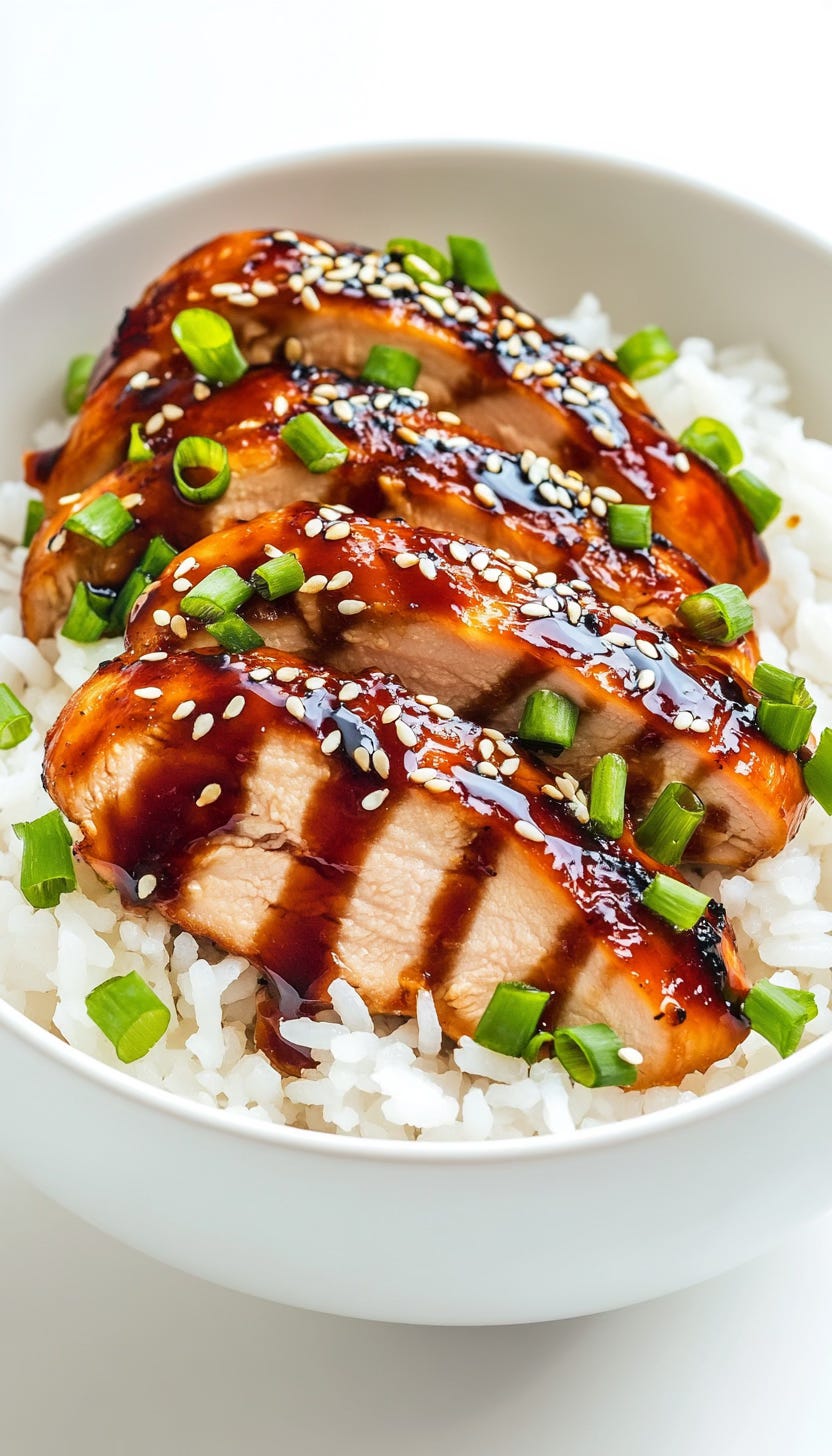Soy sauce is a versatile condiment enjoyed worldwide for its savory flavor, but it’s much more than just a seasoning. Originating in China over 2,000 years ago, soy sauce has evolved into a cultural staple across various Asian cuisines, symbolizing tradition and craftsmanship. Today, we’ll explore not only the health benefits of soy sauce but also its cultural context, traditional production methods, and even some symbolic meanings or conspiracy theories surrounding this ancient sauce. We'll also touch on whether soy sauce can help with menopause symptoms.
Health Benefits of Soy Sauce
Rich in Antioxidants
Soy sauce contains natural antioxidants, particularly in the form of isoflavones and melanoidins, which are produced during the fermentation process. These antioxidants help combat free radicals in the body, potentially reducing oxidative stress and lowering the risk of chronic diseases like heart disease and cancer.
Improved Digestive Health
The fermentation process used to produce traditional soy sauce creates beneficial compounds, such as peptides and amino acids, which can promote gut health. Some studies suggest that certain peptides in soy sauce may help support digestion by improving the gut microbiome and boosting the production of digestive enzymes.
Source of Umami for Reduced Sodium Intake
Soy sauce offers a strong umami flavor, allowing people to use less salt in their cooking without sacrificing taste. Some varieties of soy sauce are also produced with lower sodium content, making it an option for those who need to watch their salt intake while still enjoying its distinctive taste.
Potential Anti-Allergic Effects
Research has indicated that soy sauce may contain histamine-lowering properties, which could help alleviate symptoms of allergies. Traditional soy sauce fermentation may contribute to lowering histamine levels in the body, potentially reducing allergic responses in sensitive individuals.
Boosts Iron Absorption
The presence of certain organic acids in soy sauce, particularly those formed during fermentation, can enhance the body's ability to absorb iron from plant-based foods. This can be particularly beneficial for individuals who follow vegetarian or vegan diets and need to optimize their iron intake.
The Cultural Context of Soy Sauce
Soy sauce has a deep-rooted cultural history, especially in East Asia. Originating in ancient China, it was initially used as a way to preserve foods. The technique spread to Japan, Korea, and other countries, with each region developing its own unique varieties and fermentation processes. In Japan, soy sauce (shoyu) is seen not only as a food enhancer but also as a symbol of national identity and tradition. In Korea, soy sauce (ganjang) is used as a key seasoning in traditional dishes and is often associated with rituals and traditional food culture.
Interestingly, the word for soy sauce in Japanese—"shoyu"—can also symbolize "harmony" due to its unique role in balancing flavors. In traditional Japanese tea ceremonies, soy sauce may even represent simplicity and refinement.
The Way Soy Sauce is Made
Traditional soy sauce is made using a centuries-old fermentation process. Soybeans and wheat are steamed and mixed with a mold called Aspergillus oryzae, which initiates the fermentation. The mixture is then combined with brine (saltwater) and left to ferment for several months or even years. During this time, enzymes break down the proteins and starches into amino acids and sugars, resulting in a rich, umami-laden liquid. After fermentation, the mixture is pressed, pasteurized, and bottled.
In modern production, some commercial soy sauces are made using hydrolyzed vegetable protein and caramel coloring, which creates a soy sauce-like product in a matter of days. However, traditionally brewed soy sauce is still prized for its complex flavor profile and potential health benefits derived from natural fermentation.
Symbolic and Conspiracy Theories Around Soy Sauce
Soy sauce is sometimes tied to intriguing symbolic meanings and even conspiracy theories. In Japanese culture, soy sauce has been associated with the idea of balance and harmony, given its role in enhancing food flavors without overpowering them. It’s also used in some Shinto rituals, symbolizing purification and dedication to deities.
As for conspiracy theories, some have claimed that certain additives in commercial soy sauces could have adverse health effects, like containing carcinogens or excessive amounts of sodium. The myth that soy products, in general, might disrupt hormone levels due to phytoestrogens has also extended to soy sauce. However, these concerns are often exaggerated, especially with traditional soy sauce, which contains minimal amounts of these compounds due to its fermentation process.
Soy sauce also finds itself at the center of debates over authenticity and cultural appropriation in the culinary world. There’s a push to appreciate traditional brewing methods and honor soy sauce’s cultural roots instead of reducing it to a mere seasoning.
Soy Sauce and Menopause: Can It Help?
Soy sauce may have some indirect benefits for menopausal symptoms due to its content of soy isoflavones, which are plant-based compounds that mimic estrogen in the body. Here’s how it might be beneficial:
Isoflavones and Hot Flashes: The primary active components in soy products, including soy sauce, are isoflavones such as genistein and daidzein. These phytoestrogens can bind to estrogen receptors and potentially help alleviate symptoms like hot flashes and night sweats. While soy sauce has fewer isoflavones than whole soy products like tofu or soy milk, it can still contribute to the overall intake.
Mood and Sleep: Some research suggests that isoflavones may help improve mood and reduce the frequency of menopausal mood swings, anxiety, and sleep disturbances. While traditional soy sauce itself might not be a significant source for these benefits, combining it with a diet rich in other soy foods may help balance hormone levels and support mental well-being.
Bone Health: Estrogen loss during menopause can lead to decreased bone density, increasing the risk of osteoporosis. Isoflavones from soy are believed to help maintain bone health by supporting estrogen levels. However, the isoflavone concentration in soy sauce is quite low, so other soy foods would be more beneficial for bone support.
Dietary Support: Since soy sauce can add umami flavor to foods, it can encourage the consumption of a more diverse and nutritious diet, which is essential during menopause for maintaining overall health. Including soy sauce in recipes that contain other beneficial ingredients like vegetables and calcium-rich foods can contribute to a well-rounded diet that supports menopausal health.
Limitations
Low Isoflavone Content: The isoflavone content in soy sauce is much lower than in other soy products, as it undergoes a fermentation process that reduces the levels of these compounds. For a more direct benefit, consuming foods like tofu, edamame, or tempeh would be more effective.
Sodium Content: Traditional soy sauce is high in sodium, which can contribute to bloating and hypertension, potentially worsening some menopausal symptoms. Opting for a low-sodium variety can help mitigate this issue.
Chicken Katsu with Teriyaki Sauce Recipe
This classic Japanese dish combines crispy breaded chicken with a flavorful teriyaki sauce. The combination of the crunchy texture and sweet-savory glaze makes it a delicious meal that pairs well with rice and steamed vegetables.
Ingredients
For the Chicken Katsu:
2 boneless, skinless chicken breasts
Salt and pepper, to taste
1/2 cup all-purpose flour
2 large eggs, beaten
1 cup panko breadcrumbs
Vegetable oil, for frying
For the Teriyaki Sauce:
1/2 cup soy sauce
1/4 cup mirin (Japanese sweet rice wine)
1/4 cup sake (Japanese rice wine) or water
2 tablespoons sugar
1 clove garlic, minced
1 teaspoon grated fresh ginger
1 tablespoon cornstarch mixed with 2 tablespoons water (optional, for a thicker sauce)
For Serving:
Steamed white rice
Shredded cabbage or mixed greens
Lemon wedges (optional)
Sesame seeds for garnish (optional)
Instructions
Prepare the Chicken:
Place each chicken breast between two sheets of plastic wrap and pound with a meat mallet until about 1/2 inch thick.
Season both sides with salt and pepper.
Bread the Chicken:
Set up a breading station with three shallow bowls: one with flour, one with beaten eggs, and one with panko breadcrumbs.
Dredge each chicken breast in the flour, shaking off any excess, then dip in the beaten egg, and finally coat with panko breadcrumbs, pressing gently to adhere.
Fry the Chicken:
Heat about 1/2 inch of vegetable oil in a large skillet over medium-high heat.
Fry the chicken breasts for 3-4 minutes on each side, or until golden brown and cooked through. Transfer to a paper towel-lined plate to drain any excess oil.
Make the Teriyaki Sauce:
In a small saucepan, combine the soy sauce, mirin, sake (or water), sugar, garlic, and ginger.
Bring to a simmer over medium heat, stirring occasionally until the sugar dissolves.
If you prefer a thicker sauce, add the cornstarch slurry (cornstarch mixed with water) to the saucepan and cook for an additional 1-2 minutes, stirring until the sauce thickens.
Serve:
Slice the chicken katsu into strips and drizzle with the prepared teriyaki sauce.
Serve with steamed white rice, shredded cabbage or mixed greens, and a lemon wedge for an extra burst of flavor.
Garnish with sesame seeds, if desired.
Enjoy your homemade Chicken Katsu with Teriyaki Sauce! This dish is great for a comforting meal and brings together the rich traditions of Japanese cooking.
Final Thoughts
Soy sauce is a flavor enhancer that offers health benefits beyond its rich taste. Whether you are exploring its antioxidant properties, digestive support, potential relief for menopausal symptoms, or cultural history, incorporating traditional soy sauce into your meals can offer a unique blend of health and heritage. As you enjoy it in your favorite dishes, you’re also partaking in an ancient tradition that spans centuries and continues to evolve with time.
Feel free to share your thoughts or experiences with soy sauce. Have you ever tried making a dish with traditionally brewed soy sauce? Let us know in the comments!








